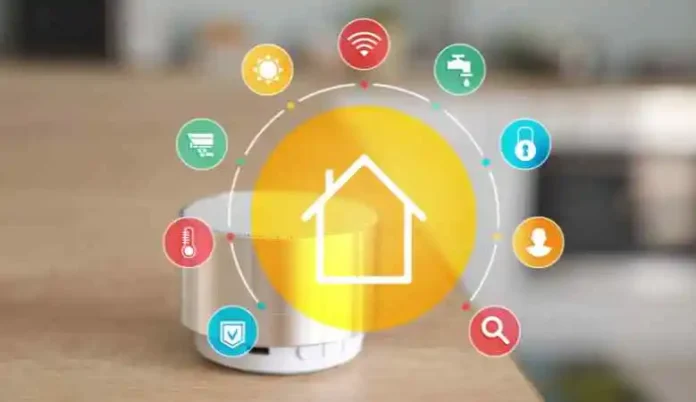In an increasingly connected world, it isn’t easy to imagine a home that does not have some type of smart device. Mostly, 40% of people already have a smart device in their home, and nine out of ten people consider that these devices make life easier.
Whether it’s a speaker that can also make a shopping list, a doorbell with a fully functional camera or a fire alarm that connects directly to your mobile phone so you remember to change the batteries, there are as many options as there are needs.
The number of access points that cybercriminals can use to steal private and personal information is multiplying.
In fact, an investigation by Which? Revealed that, on average, homes with smart devices are exposed to 12,000 cyber attacks a week from anywhere in the world, indicating the magnitude of the problem. From there, turn on the news to hear horror stories, ranging from devices that listen to private conversations to hackers who use devices with cameras to access live interiors of homes.
Furthermore, if that were not enough, these intruders can use teleworking to target the often unprotected work devices connected to the same compromised Wi-Fi and gain access to the corporate network. Using smart home devices as a gateway, these cyber criminals can open a path of complete chaos, impacting personal privacy and leading to a potential enterprise-wide data breach.
Tips for keeping smart home devices secure
- Update software: Updating devices when necessary is essential to protecting a home and its data. Cybercriminals constantly change their way of attacking, so it is essential to have updated protection against these threats.
- Set up a separate Wi-Fi network for your devices: Most routers allow you to create an independent network for your devices, which makes more obstacles for cybercriminals to try to gain access. It is also possible to set up a ‘guest setting’ to allow friends and family to access the Internet without the added risk of registering or sharing their main network access details.
- Passwords need to be raised: When creating strong passwords for devices, ensure they are random and not personal. Complex passwords are indeed more challenging to remember, so it is advisable to use a password manager to keep them protected.
- Double authentication: Establishing an additional form of authentication, two-factor or 2FA, can deter cybercriminals from accessing these devices. Although this may be a slight inconvenience for the user, it is nothing compared to the disruption a cyber attack can cause.
- Encryption: Ensure that a router uses the highest level of encryption to keep data safe from unwanted threats. Make sure you don’t forget internal Wi-Fi extenders or Powerline home networks, which will also have a setting to allow encryption across the entire home network.
- This, in turn, will add an extra layer of protection for your router and your smart devices.
- Change the router’s default password: This differs from Wi-Fi network passwords but is just as important. Most routers have a simple password by default to allow easy configuration when first installed. Still, as a result, they are just as easy for cybercriminals to guess – there are even lists of the most common ones online, so you should Be safe and change them as soon as possible.
Keep work devices protected: As more people work from home, preserving work and personal devices is essential when they rely on home Wi-Fi. You must ensure they are updated with the latest anti-malware technology to do this. By keeping them safe, the threat they pose can be reduced.














